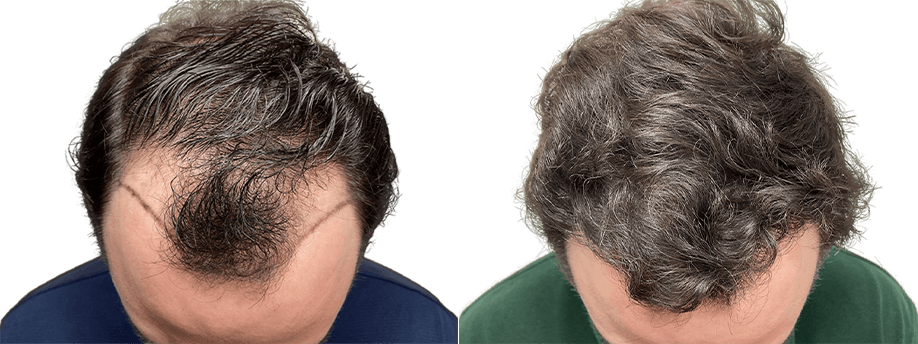Do you need to use finasteride after you get a hair transplant?
Hair loss can be a frustrating and difficult experience for both men and women. For those who have opted for a hair transplant surgery, it’s understandable to want to do everything possible to protect their investment and ensure long-lasting results. One of the questions that often comes up is whether or not to use Fin#$%^&*() after a hair transplant. In this blog post, we’ll explore what Fin#$%^&*() is, how it works, and whether or not it’s necessary for post-transplant care.
What is Fin#$%^&*()?
Fin#$%^&*() is a medication used to treat hair loss in men by reducing levels of dihydrotestosterone (DHT), a hormone that contributes to hair loss. It works by inhibiting the conversion of testosterone to DHT in the body. Fin#$%^&*() is sold under the brand names Propecia and Proscar and is available in both tablet and topical form.
How Does Fin#$%^&*() Work?
Fin#$%^&*() works by blocking the enzyme that converts testosterone to DHT. DHT is a hormone that can cause hair follicles to shrink, leading to hair loss. By reducing DHT levels in the body, Fin#$%^&*() can help prevent further hair loss and promote hair regrowth.
Do You Need to Use Fin#$%^&*() After a Hair Transplant?
The decision to use Fin#$%^&*() after a hair transplant is a personal one that should be discussed with a qualified medical professional. While Fin#$%^&*() has been shown to be effective in treating hair loss, it does come with potential side effects, such as decreased libido, erectile dysfunction, and depression. These side effects can vary in severity and may not affect everyone who takes the medication. It’s important to weigh the potential benefits against the risks and make an informed decision based on your specific situation.
Some surgeons may recommend using Fin#$%^&*() after a hair transplant to help maintain existing hair and prevent further hair loss. However, it’s important to note that a hair transplant procedure itself can be effective in treating hair loss and may not require additional medication for long-term success. In some cases, a combination of a hair transplant and Fin#$%^&*() may be the most effective solution for treating hair loss.
Alternatives to Fin#$%^&*()
If you decide not to use Fin#$%^&*() after a hair transplant, there are other options available for maintaining and promoting hair growth. These include:
- Minoxidil: Minoxidil is a topical medication that is applied directly to the scalp. It works by increasing blood flow to the hair follicles, promoting hair growth and preventing hair loss. Minoxidil is available over the counter and has few side effects.
- Low-Level Laser Therapy (LLLT): LLLT is a non-invasive treatment that uses red light therapy to promote hair growth. It works by stimulating blood flow to the hair follicles and increasing cellular metabolism. LLLT can be administered at home or in a clinic and has few side effects.
- Platelet-Rich Plasma (PRP) Therapy: PRP therapy involves injecting a patient’s own blood plasma into the scalp to promote hair growth. The plasma contains growth factors that stimulate hair follicles and promote hair regrowth. PRP therapy is a minimally invasive procedure that can be performed in a clinic and has few side effects.
In conclusion, while Fin#$%^&*() can be helpful in promoting hair growth and preventing further hair loss, its potential side effects make it a personal decision that should be discussed with a qualified medical professional. It’s important to consider alternative treatments, such as minoxidil, low-level laser therapy, and platelet-rich plasma therapy, which can also be effective in maintaining the results of a hair transplant. The most appropriate treatment plan will depend on each individual’s unique hair loss situation and goals for post-transplant care.

